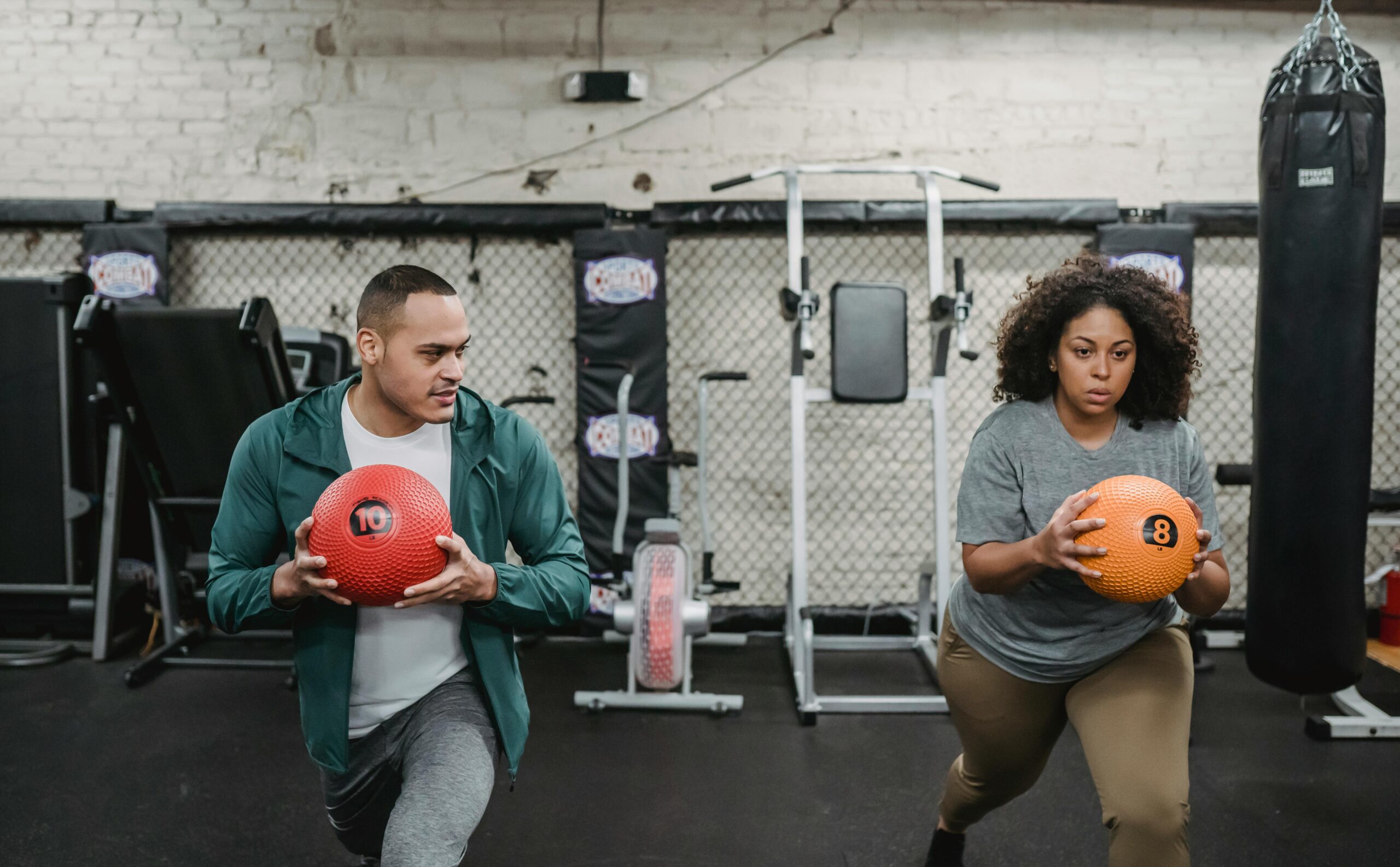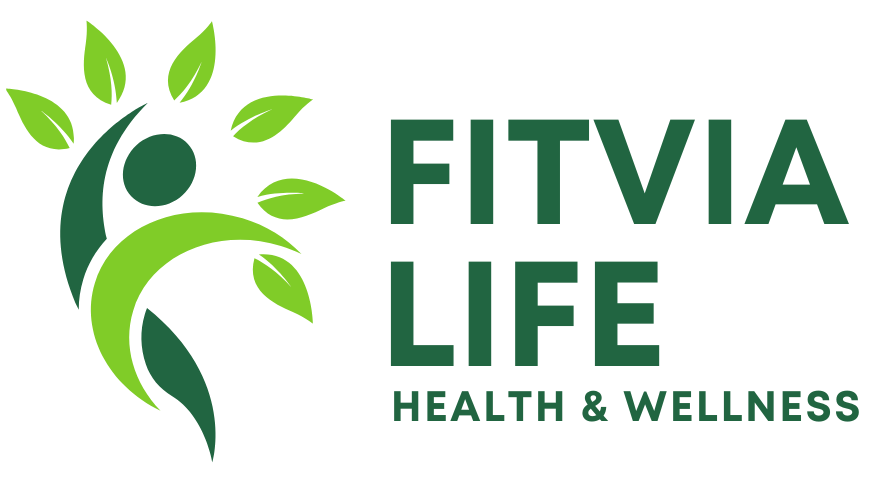The Transformative Power of Exercise: A Path to Wellness and Vitality

Exercise is far more than a means to achieve a toned physique—it is a powerful catalyst for physical health, mental clarity, and emotional resilience. In today’s fast-paced world, where sedentary lifestyles are increasingly common, incorporating regular physical activity has become not only beneficial but essential. This article explores the multifaceted benefits of exercise, offering an exclusive look into why consistent movement is a key pillar of a vibrant life.
The Physical Edge
At its core, exercise strengthens the body. It improves cardiovascular health by boosting heart function, regulating blood pressure, and lowering cholesterol. Regular physical activity enhances muscular strength, flexibility, and endurance, helping the body perform everyday tasks with ease. Weight-bearing exercises like walking, running, or strength training also promote bone density, reducing the risk of osteoporosis, particularly as we age.
Metabolism is another major player influenced by exercise. Even moderate activity increases energy expenditure and aids in maintaining a healthy weight. For those managing conditions such as diabetes or high blood pressure, physical activity serves as a natural intervention that complements medical treatments.
Mental and Emotional Benefits
The mind-body connection is powerful, and exercise is one of the most effective tools for supporting mental well-being. Aerobic exercises like running, swimming, or dancing have been shown to release endorphins—often referred to as “feel-good” hormones—that elevate mood and combat stress. This biochemical shift can reduce symptoms of anxiety and depression, making exercise a valuable component of mental health care.
Furthermore, physical activity enhances cognitive function. Studies reveal that regular exercise improves memory, attention span, and problem-solving skills by increasing blood flow to the brain. It also stimulates the release of brain-derived neurotrophic factor (BDNF), a protein that supports neuroplasticity and brain cell growth.
Exercise as a Lifestyle
Incorporating exercise into daily life doesn’t require hours at the gym or intense training sessions. Consistency is key. Even 30 minutes a day of brisk walking, cycling, or yoga can yield substantial benefits over time. The goal is to find an activity that is enjoyable and sustainable. Whether it’s dancing, hiking, swimming, or strength training, the best exercise is the one that fits seamlessly into your lifestyle.
Moreover, exercise fosters discipline and confidence. Setting and achieving fitness goals builds a sense of accomplishment that often carries over into other areas of life, from career ambitions to personal relationships.
Long-Term Impact
The cumulative effects of regular exercise are profound. Beyond aesthetics and mood, it significantly reduces the risk of chronic diseases such as heart disease, type 2 diabetes, and certain cancers. It supports immune function and enhances sleep quality—both of which are crucial for overall health.
Perhaps most importantly, exercise enhances longevity and quality of life. Active individuals not only live longer but also experience more years free of disability and disease.
Final Thoughts
Exercise is not just about movement—it’s about momentum. It’s about choosing to show up for your body and mind every day, even in small ways. In a world that often emphasizes quick fixes and instant results, exercise reminds us that lasting change comes through consistency and care. By making movement a non-negotiable part of your routine, you unlock a powerful tool for lifelong wellness.
